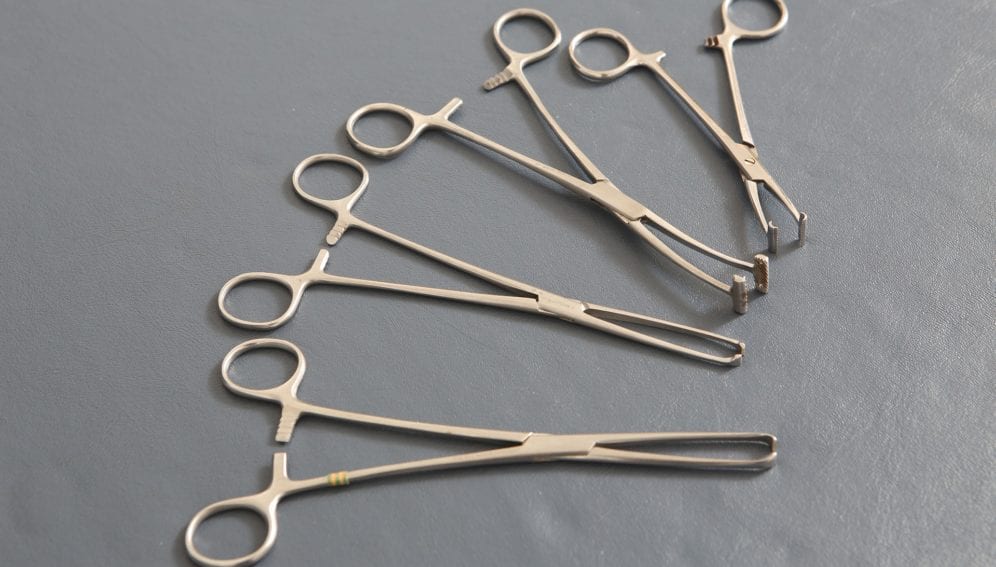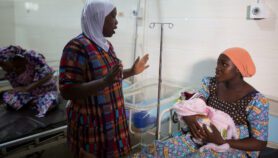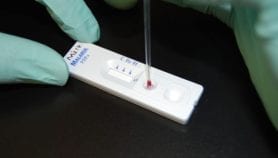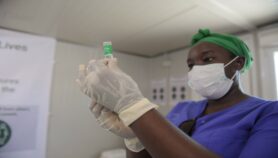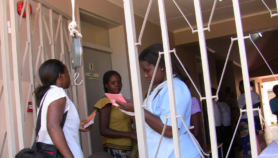Send to a friend
The details you provide on this page will not be used to send unsolicited email, and will not be sold to a 3rd party. See privacy policy.
[NAIROBI] The death rate of children within 24 hours of undergoing surgery is about 100 times higher in Kenya compared to those in high-income countries, a study says.
Researchers say that in many low- and middle-income countries, about 85 per cent of children will need surgery before reaching their 15th birthday but there is limited data on deaths resulting from surgery in hospitals prior to their discharge.
According to the study published in the December 2019 issue of Anesthesiology, researchers collected information on the deaths of children admitted to 24 Kenyan hospitals for operations, and followed them for up to seven days while the children remained in hospital.
“The study shows that perioperative mortality rate [deaths from surgeries that occur prior to hospital discharge] for children is around one per cent [in 24 hours] which is 100-200 times higher than in high-resourced countries such as in the United States,” says Mark W. Newton, the study’s lead author and a paediatric anaesthesiologist at the Monroe Carell Jr. Children's Hospital at Vanderbilt in the United States.
“A surgeon wears gloves to avoid infection. We now need to say that to save lives, the surgical team must use the checklist.”
Susane Nabulindo Masakhwe,Kenyatta National Referral Hospital
He said mortality rates were higher in primary hospitals compared to secondary and tertiary hospitals, which tend to treat people with more severe medical problems that require specialised knowledge.
From January 2014 to December 2016, researchers collected data on 6,005 surgery cases involving children from birth up to 18 years old. Researchers looked at surgery-related deaths within 24 hours, 48 hours and seven days of the children undergoing surgery.
Around one per cent died within 48 hours and almost two per cent died within seven days, the study says. Failing to perform a safe surgery checklist was linked to increased seven-day perioperative death rates.
Newton tells SciDev.Net: “Using the WHO safe surgery checklist will directly save lives of children who have surgery.”’
The checklist has information on how the surgical team should interact with patients prior to and immediately after surgery. For example, it includes a need for the surgical team to confirm patients’ identities, review surgical plans, record the procedures and discuss recovery plans.
Susane Nabulindo Masakhwe, a co-author and a consultant anaesthesiologist at the Kenyatta National Referral Hospital in Kenya, says: “Most hospitals in Africa do not use the checklist. We must advocate and even demand that the checklist is used before each case.
“A surgeon wears gloves to avoid infection. We now need to say that to save lives, the surgical team must use the checklist,” she says.

The researchers say that the study may be helpful in establishing paediatric surgical care systems in low–middle income countries and develop research pathways addressing interventions that will assist in decreasing mortality rate.
Zipporah Wangui Ngumi, another co-author of the study, an anaesthetist and an associate professor at the University of Nairobi’s College of Health Science in Kenya, says: “In Africa we do not have enough trained paediatric anaesthesiologists, consultants specialising in caring for children during surgery. There is a need for baseline data so that we can now have targets to improve over the next ten years.”
Joel Lesan, a Kenya-based consultant paediatric surgeon, tells SciDev.Net that the study raises a fundamental problem in the region that needs to be looked into urgently. “Perioperative mortality in paediatrics in low-income countries is high and reasons for the high mortality include [lack of] finances, facilities and awareness at society level, and limitation of skills,” he explains. “The way forward is to continuously aim at improving on the available services… and awareness at society level.”
This piece was produced by SciDev.Net’s Sub-Saharan Africa English desk.
References
Mark W. Newton and others Pediatric perioperative mortality in Kenya: A prospective cohort study from 24 hospitals (Anesthesiology, December 2019).


